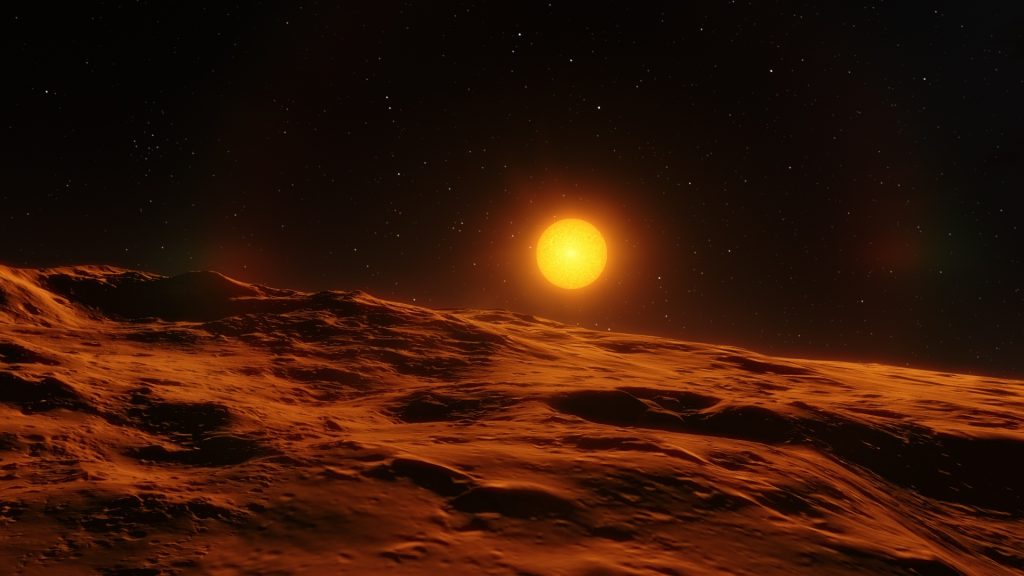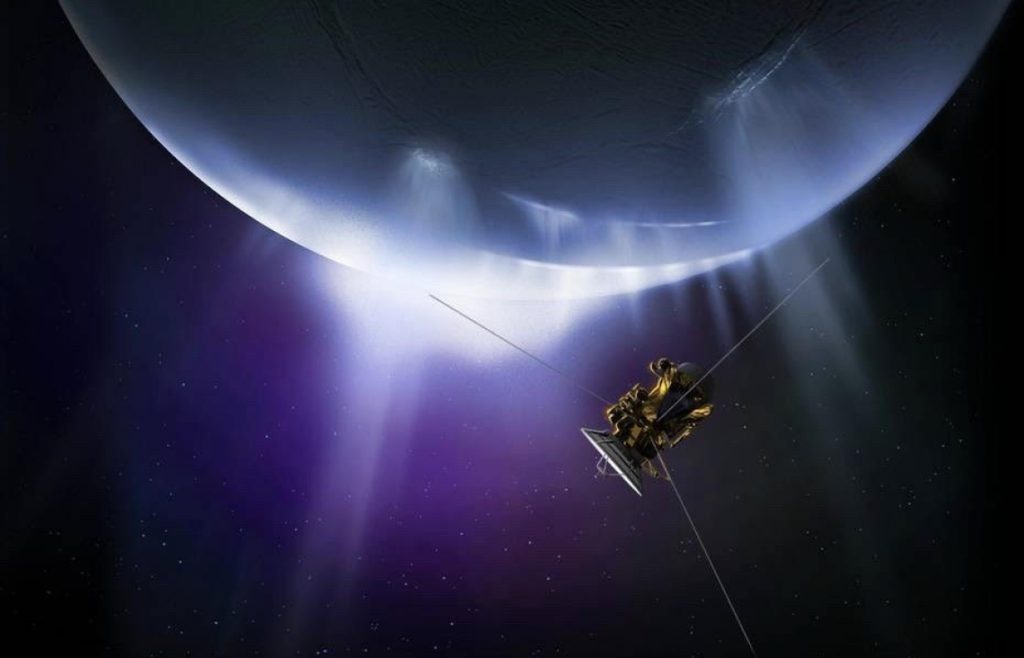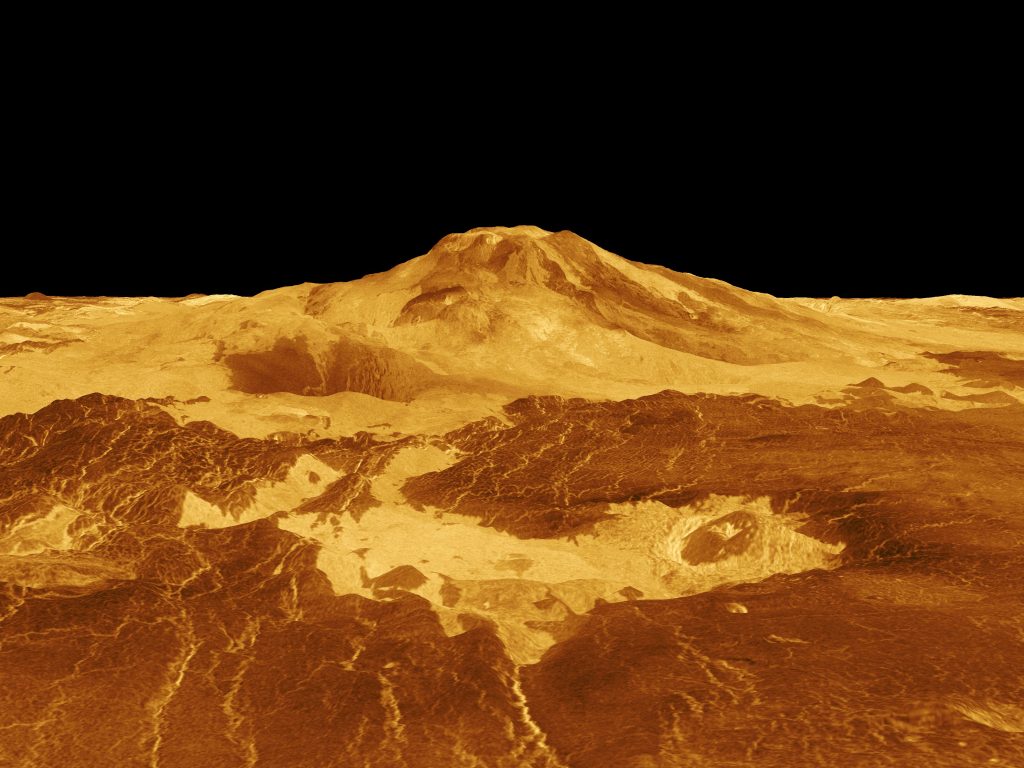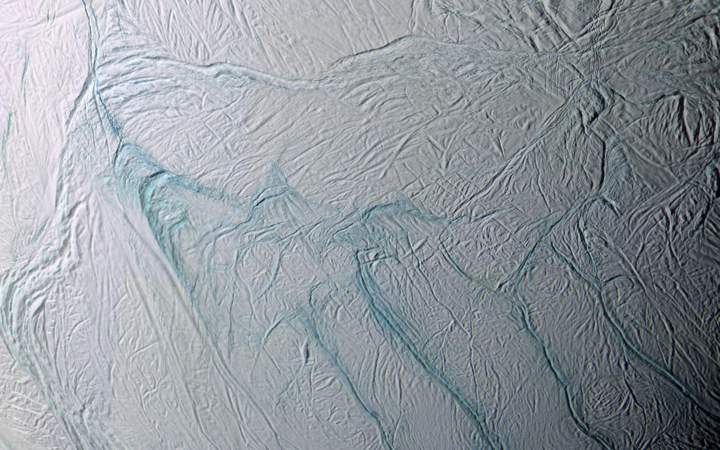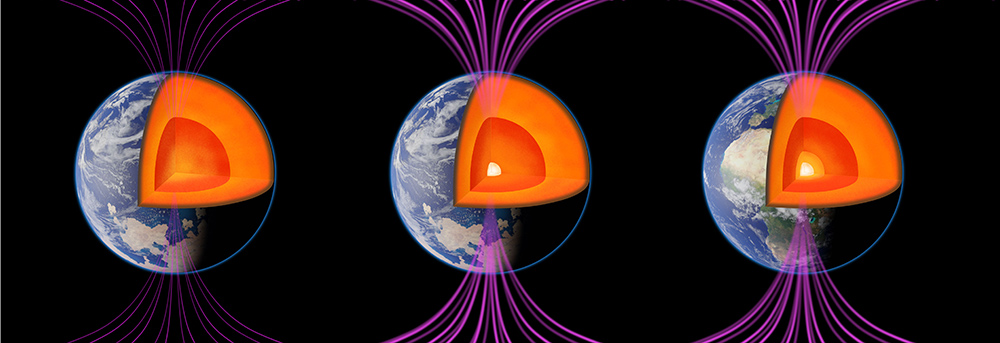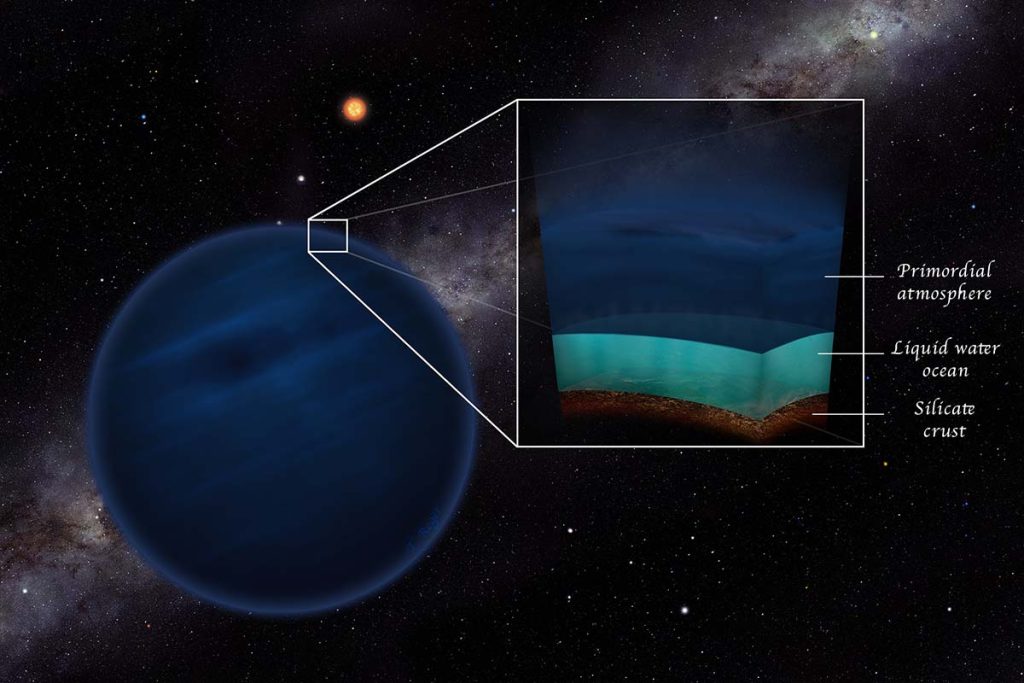More life at the first stars?
The very first stars consisted only of hydrogen and helium - there were no other elements in the still young cosmos. When they died in gigantic explosions, they released what had accumulated in them: heavier elements, which were needed so that planets could form. The more heavy elements (cosmologists call them "metals," although chemically they aren't necessarily), the more planets can form, the better chance life has, right? Not quite. Whether life has a chance depends on more than just the composition of a celestial body. In fact, planets located in the habitable zones of metal-poor stars may be…
